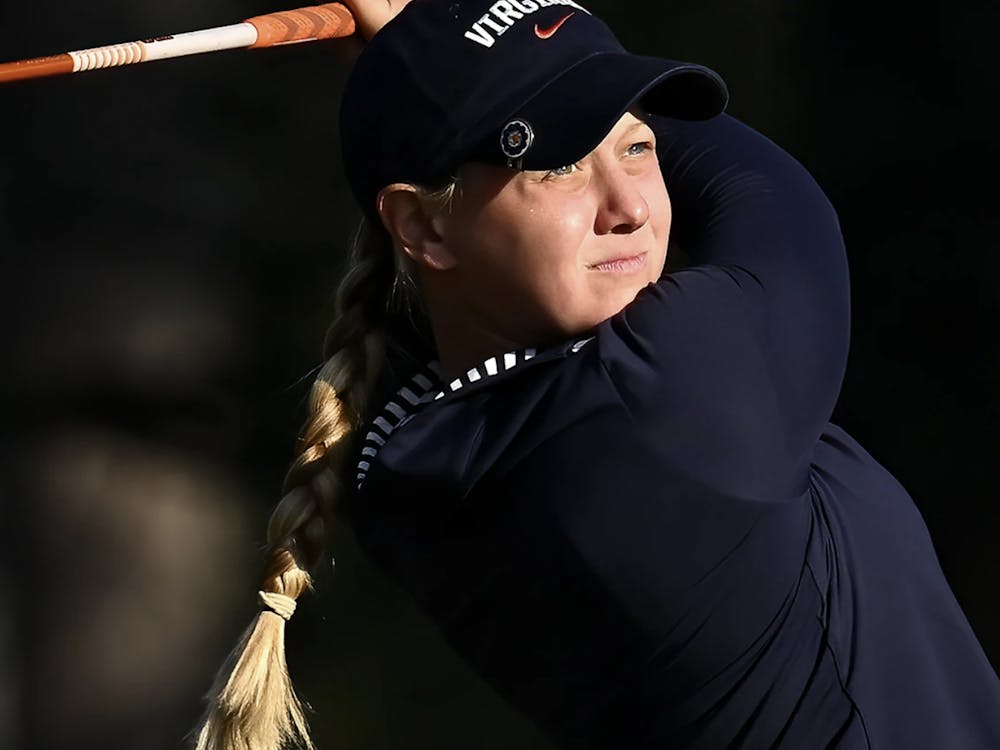Throughout the history of wrestling, meeting the challenge of packing the most muscle into a small frame has been vital for success. For many years, the answer for wrestlers has been to actively control their weight. The Cavaliers are no exception.
The practice of cutting weight is particularly important for wrestlers of all weight classes; some wrestlers cut anywhere from 10 to 15 pounds over the course of a single week. The sport is notorious for the methods competitors have used in the past to take off this weight, such as wearing rubber suits or wrapping parts of the body in Saran Wrap. Because of NCAA regulations invoked in recent years that ban these habits, however, the most common method used by wrestlers now is controlling their diet throughout the season.
"I usually eat six meals a day and I keep my metabolism going," sophomore Eric Albright said. "You have a lot higher energy, stay hydrated longer and you're losing fat instead of water."
The most important aspect of keeping a diet is discipline. When the Cavaliers are inconsistent about their eating and drinking habits, they must resort to unhealthy methods of cutting a lot of weight rapidly, and in turn, their ability to perform on the mat becomes impaired.
"Some weeks you have to do whatever you have to do to get the weight off," Albright said. "If I'm doing it the wrong way, then I'll go a couple of days without drinking, and my meals are messed up, and I'm not eating the right things. Then I don't end up performing well in the next weekend, because to cut weight, I had to cut out all my water, and I'm very dehydrated."
Although wrestlers like Albright still resort to unhealthy habits in desperate situations, the strategies wrestlers use now are far safer than the methods they used to employ. Thanks to the new regulations, wrestlers generally do not subject their bodies to treatment that can cause serious damage.
"How people get locked into saunas and rubber suits [is] awful -- whoever created rubber suits should be taken to a field and beaten with a wet hose," said Virginia coach Steve Garland, a former all-American wrestler for the University. "It's ridiculous. It's great that the kids don't have to go through that anymore. The rules are great; they're there for a reason. They've saved our sport."
Although cutting weight is the most publicized activity in which wrestlers engage, for some wrestlers, putting on muscle as the season goes on is just as important. Unlike cutting weight, which is a week-to-week ordeal, adding muscle is a process that lasts for the entire season.
"As the season goes on, you lose more body fat and gain more muscle," senior Scott Smith said. "Some of the better guys in the country have that down pretty well. In the beginning of the season, you'll see them weigh in, and by the end of the year they'll be a lot bigger in the same weight class."
Regardless of whether the Cavaliers are cutting weight or adding muscle, it is vital that they are able to hit their target weights using reasonable methods each time they weigh in. Perhaps more than for any other sport, a regimented program of diet and exercise is directly related to how wrestlers perform in competition.






